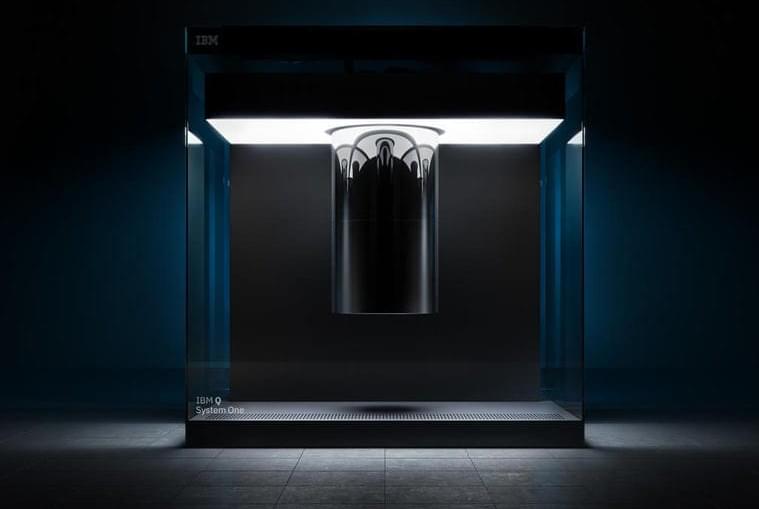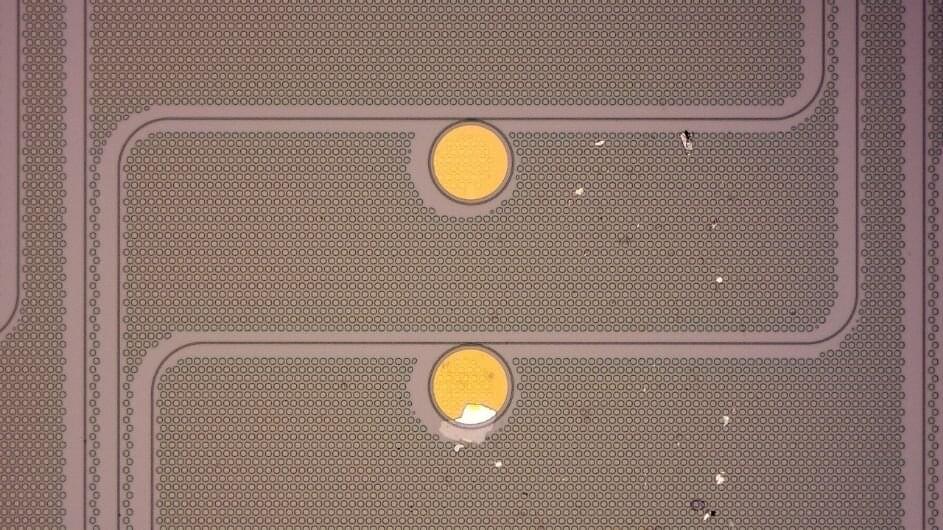Speed is only one of the three critical attributes that reflect the performance of a quantum computer, according to IBM, with the two others being scale and quality. Scale is measured by the number of qubits that the quantum processor supports, while quality can be determined thanks to quantum volume, which is another benchmark that IBM developed in 2017 to gauge how faithfully a quantum circuit can be implemented in a quantum computing system.
SEE: What is quantum computing? Everything you need to know about the strange world of quantum computers
Quantum volume is a metric that is now widely adopted across the industry, with major players like Honeywell basing performance measurements on the benchmark. IBM hopes that CLOPS will follow a similar path and this way enable quantum computing companies to put numbers on all three aspects of performance.






